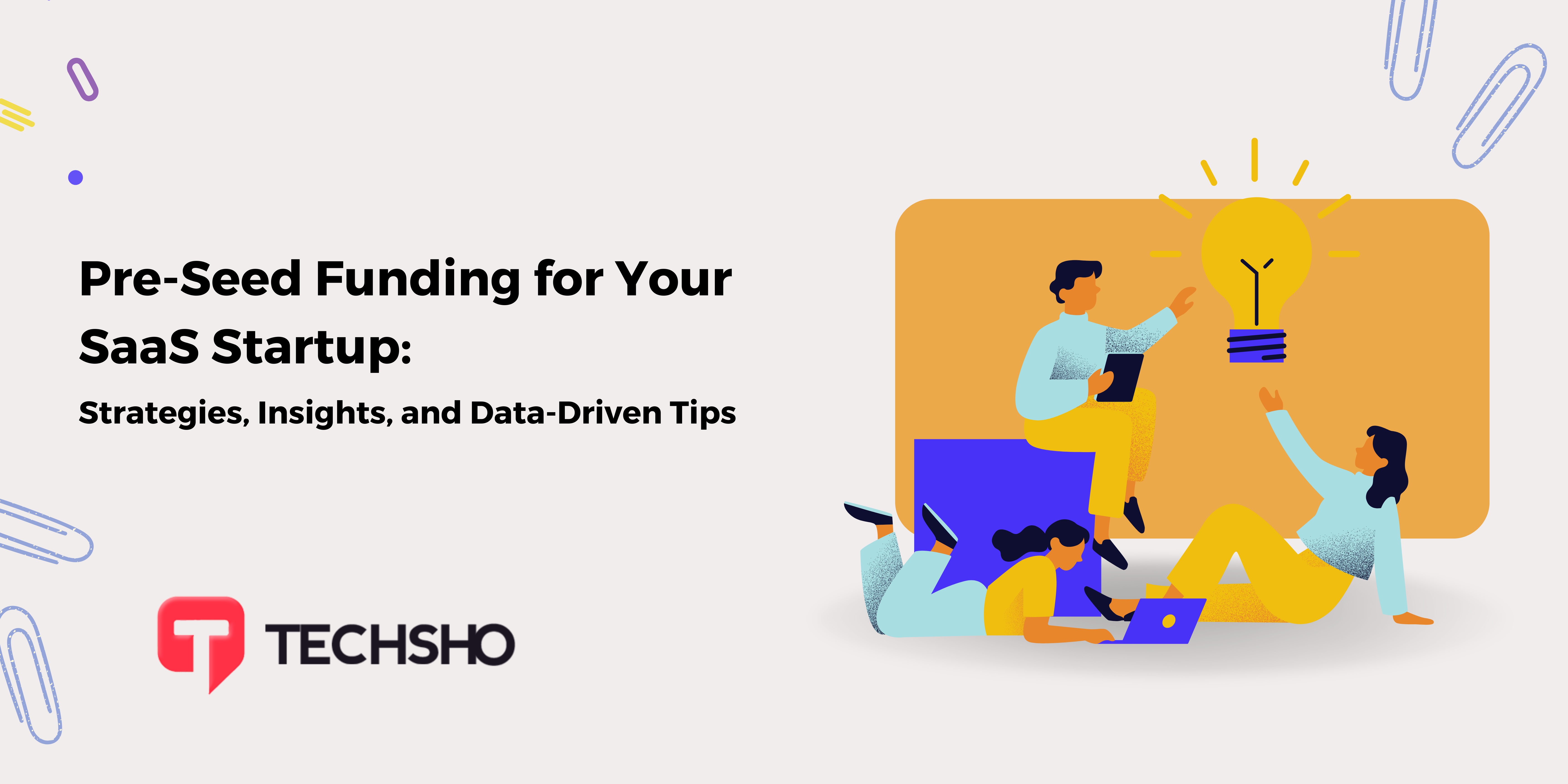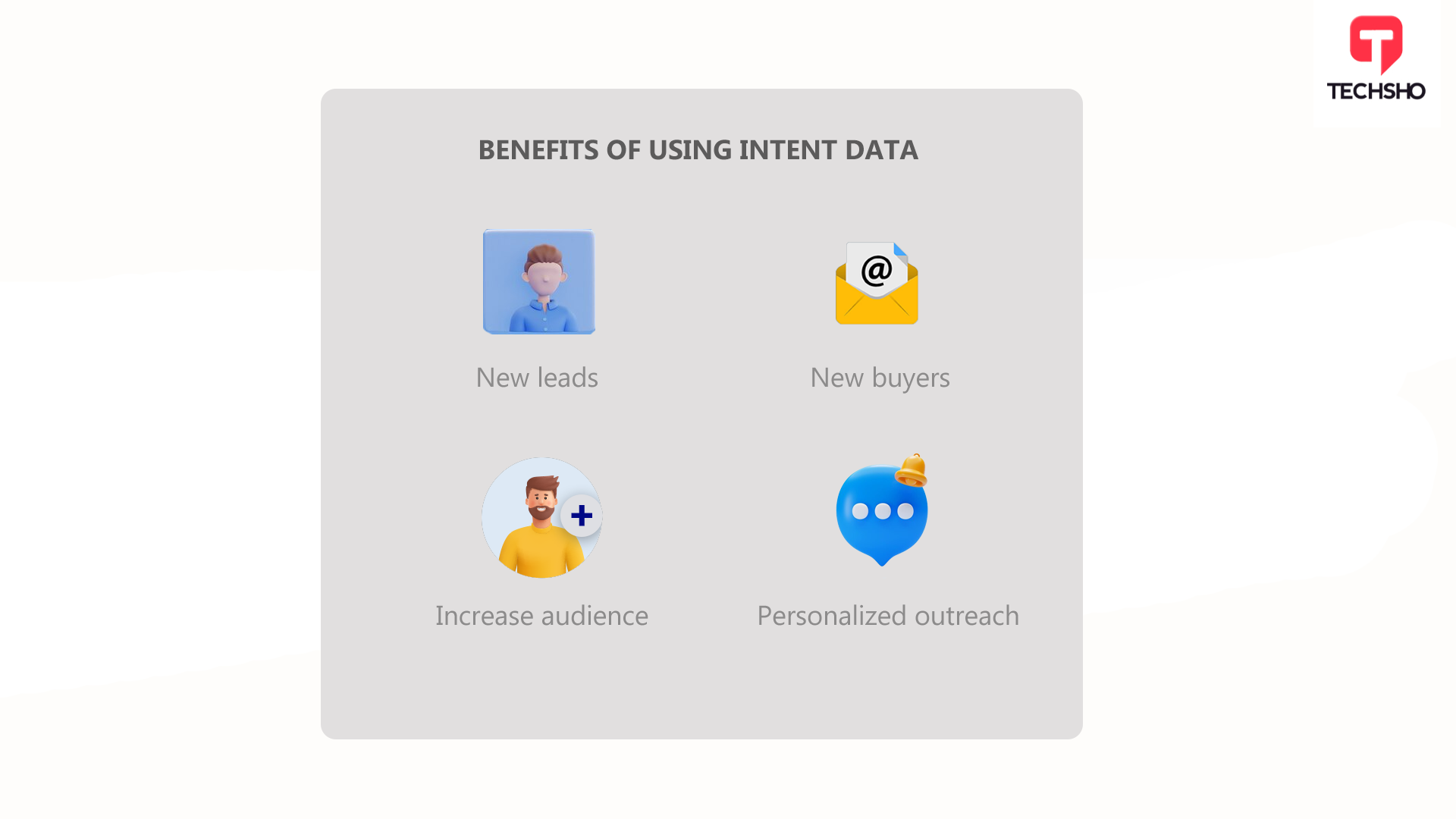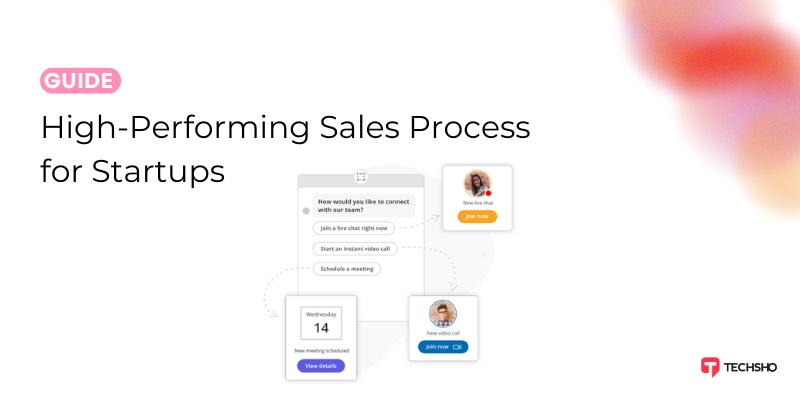
Pre-Seed Funding for Your SaaS Startup: Strategies, Insights, and Data-Driven Tips
Securing pre-seed funding is often the first significant hurdle for SaaS startups. It can set the stage for future growth, product development, and market entry. In this guide, we’ll explore effective strategies to attract pre-seed investment, supported by relevant data and insights. Whether you’re a seasoned entrepreneur or new to the startup world, these actionable tips will help you navigate the funding scene and boost your chances of success.
1. Develop a Solid Business Plan
A well-crafted business plan will be most likely to convince investors of your startup’s potential.
- Market Size and Opportunity: According to Statista, the SaaS market is projected to reach $307.3 billion by 2026. Highlighting your target market within this growing sector can demonstrate significant potential.
- Competitive Analysis: Use tools like Crunchbase and CB Insights to identify competitors and articulate your unique value proposition.
2. Build a Minimum Viable Product (MVP)
Creating an MVP allows you to showcase your product’s potential and gather early user feedback.
- User Feedback: According to a survey by CB Insights, 42% of startups fail due to lack of market need. Gathering early feedback can help you refine your product to better meet market demands.
3. Utilize Your Network
Personal connections can be a powerful asset in securing funding.
- Investor Introductions: Warm introductions increase your chances of getting a meeting. According to Fundable, only 0.91% of startups funded in the U.S. raise money from venture capitalists; personal connections can improve these odds.
4. Angel Investors and Early-Stage VCs
Engage with investors who specialize in early-stage funding.
- Angel Networks: Platforms like AngelList report that angel investors collectively invest over $24 billion annually in startups.
- Micro VCs: These smaller firms often focus on early-stage investments and can provide both capital and mentorship.
5. Startup Accelerators and Incubators
These programs offer more than just funding—they provide mentorship, networking, and validation.
- Success Rates: Startups that go through top accelerators like Y Combinator or Techstars have a higher success rate. Y Combinator boasts a total portfolio value of over $100 billion.
6. Crowdfunding Platforms
Raise funds from a large pool of small investors through equity or rewards-based crowdfunding.
- Equity Crowdfunding: Platforms like SeedInvest and Crowdcube have successfully funded hundreds of startups, with SeedInvest alone raising over $300 million since its inception.
- Rewards-Based Crowdfunding: Kickstarter and Indiegogo can also be effective, especially for consumer-facing SaaS products.
7. Create an Impressive Pitch Deck
Your pitch deck is your startup’s first impression—make it count.
- Key Elements: Successful pitch decks, according to Techsho, typically include a clear problem statement, solution, market size, business model, traction, and team overview.
8. Demonstrate Traction
Show measurable progress to attract investor interest.
- User Growth: Highlight key metrics like user sign-ups and engagement. SaaS companies that demonstrate month-over-month growth of at least 10% are more likely to secure funding.
- Revenue: Even minimal revenue can significantly increase your attractiveness to investors.
9. Build a Strong Team
Investors invest in people as much as ideas.
- Team Experience: Data from First Round Capital indicates that startups with at least one founder with prior startup experience are more likely to succeed.
10. Financial Projections and Use of Funds
Provide clear and realistic financial projections and explain how you will use the funds.
- Detailed Breakdown: According to DocSend, investors spend the most time reviewing the financials section of a pitch deck. Clear, realistic projections can make a strong impression.
12. Engage with Online Communities
Build relationships and share your journey in relevant online communities.
- Community Engagement: Platforms like Indie Hackers and SaaS Founders groups on LinkedIn and Facebook can provide valuable feedback, opportunities and connections.
13. Cold Outreach
Directly reach out to potential investors with personalized pitches. If you don’t have time for that, outsource the outreach efforts to an expert partner like Techsho (us!).
- Success Rates: While challenging, personalized cold emails and calls to your ideal investor/venture capital firms have a higher success rate. According to our data, ultra-targeted emails can improve response rates by up to 20%.
Raising pre-seed funding for your SaaS startup requires a strategic approach, a compelling business plan, and a strong network. By leveraging these strategies and utilizing the data and insights provided, you can improve your chances of securing the investment you need to bring your vision to life. Remember, persistence and adaptability are key—stay focused, learn from feedback, and continue refining your approach. With dedication and the right strategies, you can successfully navigate the funding landscape and set your startup on the path to success. If you need an expert help in raising pre-seed capital for your startup, contact us for a detailed plan.
Raising capital?




